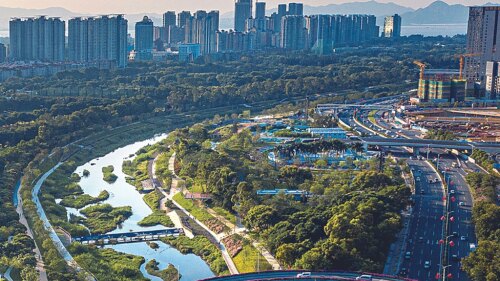High-speed rail could be a catalyst for community building in California if we are able to “unlearn” what we currently know about transit-orient development in the US and successfully develop new implementation tools based on international models, according to a panel of urban design and development experts at California’s High-Speed Rail TOD Marketplace. The session on TOD Placemaking: Well-Designed TODs & Future Guidelines included perspectives on balancing community fit with travel modes and facility scale from GB Arrington of PB PlaceMaking, on urban and community design from Frank Fuller of San Francisco-based Field Paoli Architects, and on development opportunities and challenges from Paul Kellerof Los Angeles-based Urban Partners, LLC, and was moderated by Gideon Berger of the ULI Rose Center for Public Leadership in Land Use.
This panel wrestled with the real estate development and community planning challenges and opportunities for California cities by looking at examples of placemaking in cities with high-speed rail around the world. These stations will be unlike anything in the American rail transportation experience. Nearly a quarter-mile long (about the size of the Empire State Building turned on its side), they will attract the number and kind of travelers more similar to airports than to existing rail system hubs, and consequentially attract uses that we might find near airports today. The HSR Authority will be issuing design guidelines – not state standards – for local jurisdictions to use as models.
The panel discussed examples of integration of facility design with development from the Kyoto Station joint development in Japan, Milan Central Station and the Puerta Nuova redevelopment in Italy, Liege-Guillemins Station and its esplanade in Belgium, and Southern Cross Station and the Docklands redevelopment in Melbourne, Australia. The timing of the development of the California system, the pace of the recovery of the state’s real estate market, and parking requirements are going to be key drivers of developer interest and decisions. Clearly, public-private partnership models on the European and Asian scale will be required to make development around these stations work, which will in turn require enormous state and local political leadership.




